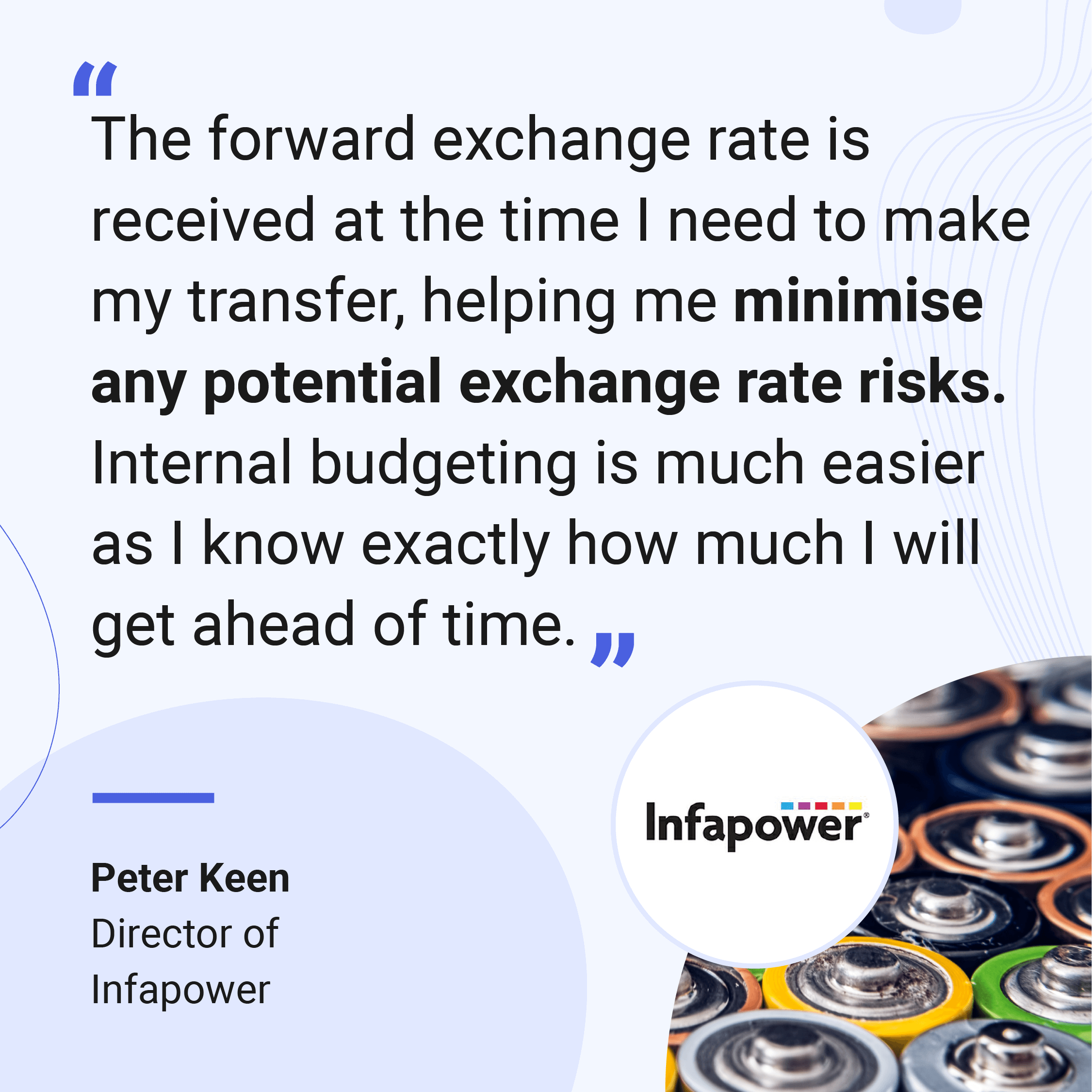
For Amazon sellers, Christmas can be key to the success or failure of your business in any given year. Here in the UK, online sales over the Christmas period are formidable: in 2020, online spending was over £18.5 million, up 56% on 2019.
As a result, Amazon "gate" certain categories, most notably "Toys and Games" between November and January each year to ensure that none of their customers end up with lumps of coal shipped by unscrupulous or underprepared sellers. Don't let the Amazon Christmas suspension Grinch steal your Christmas away by following our seller’s guide to not just surviving but thriving during the busy holiday season.
Step 1: Check Amazon Seller Central
It’s not called Amazon Seller Central for nothing, because as well as enabling Amazon sellers to manage their account it’s also the central repository for guidance directly from Amazon. Use it to check the Christmas returns policy for Amazon sellers, or things like Amazon’s requirements for selling toys and games over the holiday season.
It’s worth doing this research early to make sure you’re adhering to Amazon’s rules and won’t face any hold ups or penalties during the busiest retail period of the year.
Step 2: Plan for FBA warehouse storage costs
Fulfilment by Amazon (FBA) is the preferred method of shipping for many of Amazon’s customers, particularly given that it's a key selling point of Amazon’s Prime service. It carries a lot of weight in driving sales when you consider that there are 142 million Amazon Prime members in the US.
Aside from Amazon’s Long-Term Storage fees for products that have sat unsold for 365 days or more, monthly storage fees apply for items that have yet to be sold or shipped via FBA. These vary according to size but there is one common theme – it gets exponentially more expensive on a monthly basis to store products at Amazon’s warehouses from October to December each year. As a result, it only really makes sense to use FBA for SKUs you know are going to sell quickly during those months and supplement this with seller-fulfilled shipping for the remainder of your inventory.
The exception to the above is if you don't have capacity to fulfil orders yourself and each slower-moving product sold via FBA realises a profit even after the increased FBA storage rates. Just make sure to have a clear out of inventory left with FBA before the start of February the next year. (Read more on why fulfilment is so important for e-commerce success)
Step 3 – Weigh up FBA vs FBM
If you use FBA, bear in mind that Amazon publishes updated target dates every year, by which point Amazon needs to have received your inventory in order for you to sell on Black Friday, Cyber Monday and during the Christmas period. There are no such restrictions for Fulfilled By Merchant (FBM), where you or a third party ship products directly to customers. However, given the seasonally busy period for domestic and international postal services and shipping carriers, it’s best to still plan ahead when it comes to warehousing and shipping times. This could involve updating your listings to extend the stated shipping time (to manage customer expectations and avoid complaints) or offering additional priority shipping options to consumers buying Amazon Christmas deals.
Opting for enhanced package tracking – either at your own cost or rolled into the product/shipping costs – can help keep customers happy.
Open a World Account for free
- Open up to 15 local currency accounts, with local sort codes, account numbers and IBANs
- Collect secure payments from 130+ marketplaces, overseas buyers and payment processing gateways
- Pay suppliers, partners and staff in 40 currencies without hidden fees
- Pay and get paid easily with local bank details on your invoices
- Lock in conversion rates to manage your currency risk
Step 4: Stay in stock
Once you’re heading into the crunch period, the trick is to keep stock running high across your most popular SKUs. Keep positive relationships with your key suppliers with prompt invoice payments and make sure the dreaded "Out of stock" message never graces your Amazon listings or storefronts.
Before the Christmas holiday rush, do your product research well ahead of time, reflecting on what sold well the previous year but also what your competitors sold a lot of. There are many good product analysis sites and services available that even display historic prices and stock levels across Amazon products. Although potentially an extra expense to start with, it's often nowhere near as expensive as lost sales.
Step 5: Prep for New Year returns and refunds
At the end of December, you log into Amazon Seller Central and reflect on a job well done… almost. With every sale you have made, there is the potential for customers to return their purchases. It's part of the natural ebb and flow of online sales but it's especially important before periods of increased activity to check that your returns and refunds process is robust enough to cope under the strain.
If you're using FBA, you should be safe from the impact of bad seller reviews as Amazon takes responsibility for the fulfilment experience and will strike them out upon request. If not, make sure that your in-country returns solution is up to the task.
There are a number of third-party providers that specialise in in-country re-fulfilment, which involves storing returns in local warehouses and repackaging those products before sending them out to fulfil new orders within that country, saving the costs of international repatriation.
Amazon has already taken it upon itself to volunteer free customer returns to FBM sellers, paid for by the seller of course. In such instances, it may make more financial sense, no matter how counterintuitive it is, to issue a refund and ask the customer not to send the products back. At the very least, it should preserve your seller rating to battle on until the following year’s holiday season.

You might also like
WorldFirst articles cover strategies to mitigate risk, the latest FX insights, steps towards global expansion and key industry trends. Choose a category, product or service below to find out more.
Businesses like yours trust WorldFirst
- Almost 1,000,000 businesses have sent $150B around the world with WorldFirst and its partner brands since 2004
- Your money is safeguarded with leading financial institutions

What our customers say about our services





